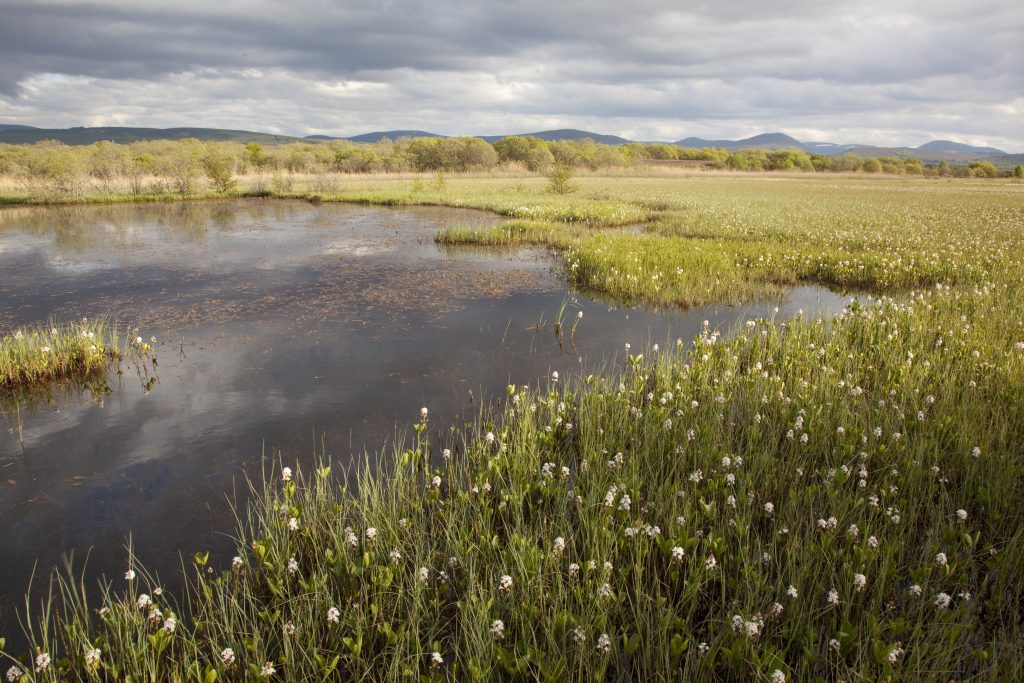We are planning to utilise various types of flood defence to help stop the River Cole from flooding at times of high rainfall.
Flood defences are mechanisms and methods put in place to help reduce the risk of rivers flooding into residential or business ares.
As part of the Love Your River Cole (LYRiC) project, work will involve creating flood defence mechanisms to help protect areas from the detrimental effects of flooding. Examples of methods used to reduce flooding risks are de-paving, the creation of rainwater gardens and creating floodplains. Keep reading for more information on each type…
De-paving
De-paving involves reducing the areas of unnecessary pavement and replacing them with permeable materials, such as gravel or soil. This enhances the absorbency of the ground, meaning when high levels of rainfall are experienced, a lot of the excess water is soaked up by the soil instead of running off into the river. Therefore, the amount of water in the river is less likely to reach flooding heights. De-paving also benefits the environment by creating more green spaces in which plants and trees can grow.
Rainwater gardens
Rainwater gardens are also called bioretention facilities. They are areas of garden designed to catch and absorb the water running off from roofs of buildings, typically planted with species which can tolerate water-logging for extended periods of time. Rainwater gardens are easy to manage because they don’t need watering once they are established, and they can make attractive features within a typical garden. Planting a wider variety of plant species within a rainwater garden is also beneficial in attracting a diverse range of insects and small animals, which is beneficial to the health of the biological community.
Floodplains
Floodplains are areas of land which are allowed to flood naturally, in order to prevent the risk of residential and business areas flooding in case of heavy rain.

They are typically flat, empty areas of land next to a river and should lie at the same height as the river. Sometimes, farmers may let parts of their farming land flood to act as a floodplain at certain times of year. By reconnecting the River Cole to natural floodplains, the risk of damage to other areas by flooding will be mitigated.
